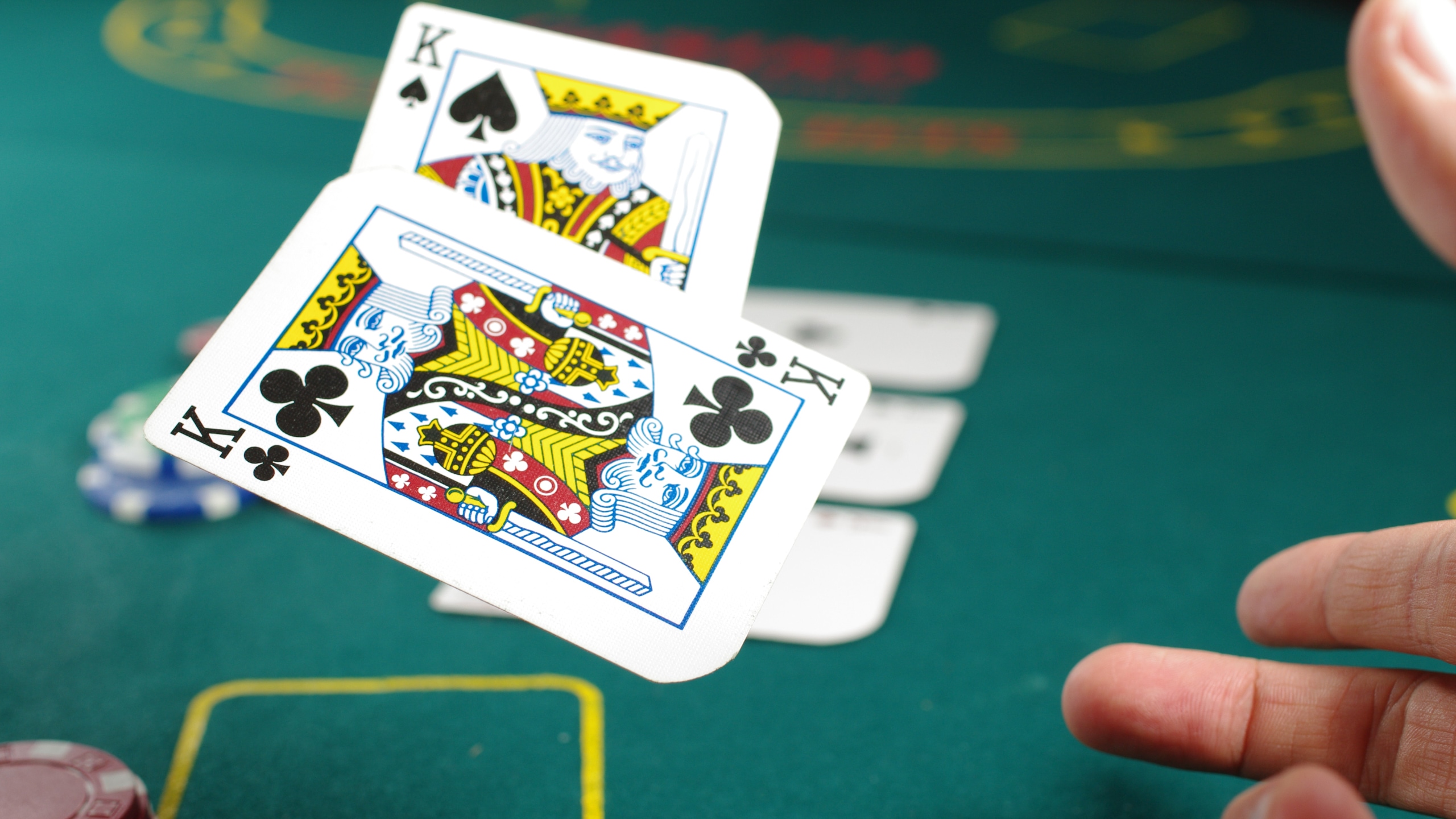Agnieszka Tymula and Xueting Wang

The years of living dangerously: can adolescents be encouraged away from risky behaviour?
Adolescence is a dangerous time.
Despite adolescents being healthier mentally and physically than younger children, their mortality rates are double that of their younger selves. And shockingly three quarters of adolescent deaths can be attributed to decisions made by the youth. The statistics become even more worrying when adolescents are with their peers.
That is not blaming the young, it’s a factual statement that inspires our research. The research confirms youths are more risk tolerant in the presence of peers, but interestingly, our latest research shows they also become more sensitive to bad outcomes when they are with their peers.
Lab adolescants
By studying the economic choices of adolescents in laboratory conditions, we are able to appreciate the fine details of their attitudes towards risks, as well as their sensitivity to losses. Imagine when you are driving a car and traffic lights change to yellow, you can take a safe decision and stop or you can risk it and try to make it through the intersection on yellow. In terms of sports, when deciding whether to try a new trick on your skateboard, you can either not try it or you can give it a go knowing that it will either come out well and impress your peers or you will hurt and embarrass yourself. Whether you do the trick or not will depend on how much you enjoy taking calculated risks versus safe actions and also your perception of how bad the bad outcome is relative to a good one.
While taking risks has bad connotations in everyday language, taking some risks is good. Charles Kingsford Smith’s willingness to be the first person to fly from the US to Australia in 1928 was beneficial for him and the development of flight. Similarly, trying new sports or foods, making new friendships, and travelling all have uncertain consequences and therefore require some level of risk tolerance but are in general considered to be good for us.
In the laboratory, we measure adolescents’ willingness to take calculated risks by asking them to choose between a sure monetary payment and gambles with different possible outcomes.
For example, they may be offered a choice between $10 for sure or a gamble that pays $20 or nothing, each equally likely. Even though these two gambles have the same expected payoff ($10, calculated by multiplying the possible outcome by its probability), most people prefer $10 for sure than the gamble and adolescents are no exception.
By observing them in the laboratory, adolescents make many such choices from which we can figure out how much the risky gamble needs to pay for them to take it. The more a person needs to be paid to take the gamble, the more risk averse they are.
By repeating this exercise with gambles where participants can lose money, we can compare their risk attitudes for gains as well as for losses. When making decisions in real life, the consequences can be either good or bad and we approximate this in the laboratory by asking participants whether they want to take a gamble that can result in a gain or a loss. Most people dislike losses (loss aversion) meaning they have a tendency to weigh losses more than gains of the same size and would never take a gamble in which they can lose and gain the same amount, for example lose $20 or gain $20 with equal probability.
Loss v gains
By figuring out for each participant how big the gain has to be relative to the loss for them to take the gamble, we can figure out the degree of their loss aversion. Loss aversion is a powerful concept from behavioural economics that is often used in marketing and policy to steer people away from certain decisions. For example, insurance providers often detail unfortunate and unlikely events to prime customers towards a losses frame to increase the demand for insurance. Health campaigns often focus on potential health losses from not undertaking some health regime, than gains from taking it.
Saving young lives and helping adolescents make good decisions is a matter of understanding better the thinking processes behind their choices. The next step is designing public policy levers to nudge the young and the risky into better choices.
Public nudges can save lives
If you think this is being overly paternal – just reflect on how the introduction of compulsory seat belts in vehicles and penalties for failing to wear safety belts significantly decreased road deaths and saved millions of people and their loved ones from the impact of lifelong serious injuries. And reduced the strain on our healthcare system.
Heightened risky behaviour on the part of young adults – driving too fast, taking illicit drugs, having unprotected sex – damages both themselves and our society.
Risk and the adolescent mind
In our most recent research, we investigated if adolescents aged 18-24 are more likely to take risks when they are observed by their peers. The assumption [from previous research] is that adolescents are more likely to engage in risky behaviour and be less sensitive to losses (less loss averse) whilst in the company of their peers.
However we observed that while adolescents indeed have greater appetite for calculated risks while observed by peers, they also become more, rather than less sensitive, to losses.
We offered participants aged 12 – 24 three decision events. We were looking at their tendency to:
1. Take risks in pure gain scenarios, e.g. a sure option that pays $5 vs. a gamble that pays $12 with 50% chances or nothing with 50% chances (all outcomes are in gain domain);
2. Take risks in pure loss scenarios, e.g. a sure option that loses $5 vs. a gamble that loses $12 with 50% chances or nothing with 50% chances (all outcomes are in loss domain); and
3. Be more sensitive to losses than gains (loss aversion) (people’s tendency to weigh losses more than gains of the same size), e.g. a sure option that pays $0 vs. a gamble that pays $5 with 50% chances or loses $2.5 with 50% chances (outcomes are mixed in gain and loss domains).
Each person went through the scenario twice: once in private and then when they were in the company of an age-matched peer. This allowed us to measure how being with their peers affects adolescent’s choices.
Adolescents sensitive to losses in front of peers
In line with previous studies, we found older adolescents (18-24) are more likely to take risks when observed. This happens independent of whether the consequences of their choices can only be gains, only losses – i.e. in the first two situations outlined above.
But it is not the case that adolescents stop paying attention to the potential negative consequences of their actions.
We found that in the presence of peers, adolescents’ relative sensitivity to losses versus gains (loss aversion) increases. That is, in the third scenario adolescents are more sensitive to losses when they are observed by their peers which mitigates their tendency to take the gambles in which they can gain or lose in the presence of peers.
This means that in the presence of peers adolescents will increase their risk taking especially when the outcomes can be all positive or all negative. However, when their actions can result in either a positive or a negative outcome, peers presence makes them weight the losses more heavily.
Pulled two ways
In other words, the willingness to take risk and the sensitivity to losses are in effect pulling adolescents in competing directions in these situations. On one hand the gamble seems more attractive because the uncertainty about the outcomes is less unattractive. On the other hand the loss looms relatively larger than gain.
So what can we do? This research suggests that appealing to adolescents’ loss aversion can be effective at discouraging them from taking risky options when they are in the presence of peers. If we can get them to think more about the losses – it might be possible to diminish their risk taking. For example, a public health campaign might be more effective in reducing risky behaviours of adolescents committed in the presence of peers if it can make the potential losses more salient to the targeted audience.
Accentuate the ‘loss aversion’
Our research suggests we can work with their ‘loss aversion’ to help prompt young adults into making safer choices when in company. The youths in this study were either university students or high school students most of whom were destined for university – that is, a privileged cohort. It is our intention to study less privileged and especially problematic youth, those in the justice system for example, to understand what their outlook around risk and choice looks like.
Agnieszka is Professor of Economics at the University of Sydney. Her research focused on how economic preferences change over the lifespan and contexts.
Xueting Wang is a Research Associate at the Australian Research Council Centre of Excellence for Children and Families over the Life Course at the University of Sydney. Her research interests include self-control problems, valuation of rewards, and decision-making in adolescence.
Share
We believe in open and honest access to knowledge.
We use a Creative Commons Attribution NoDerivatives licence for our articles and podcasts, so you can republish them for free, online or in print.







